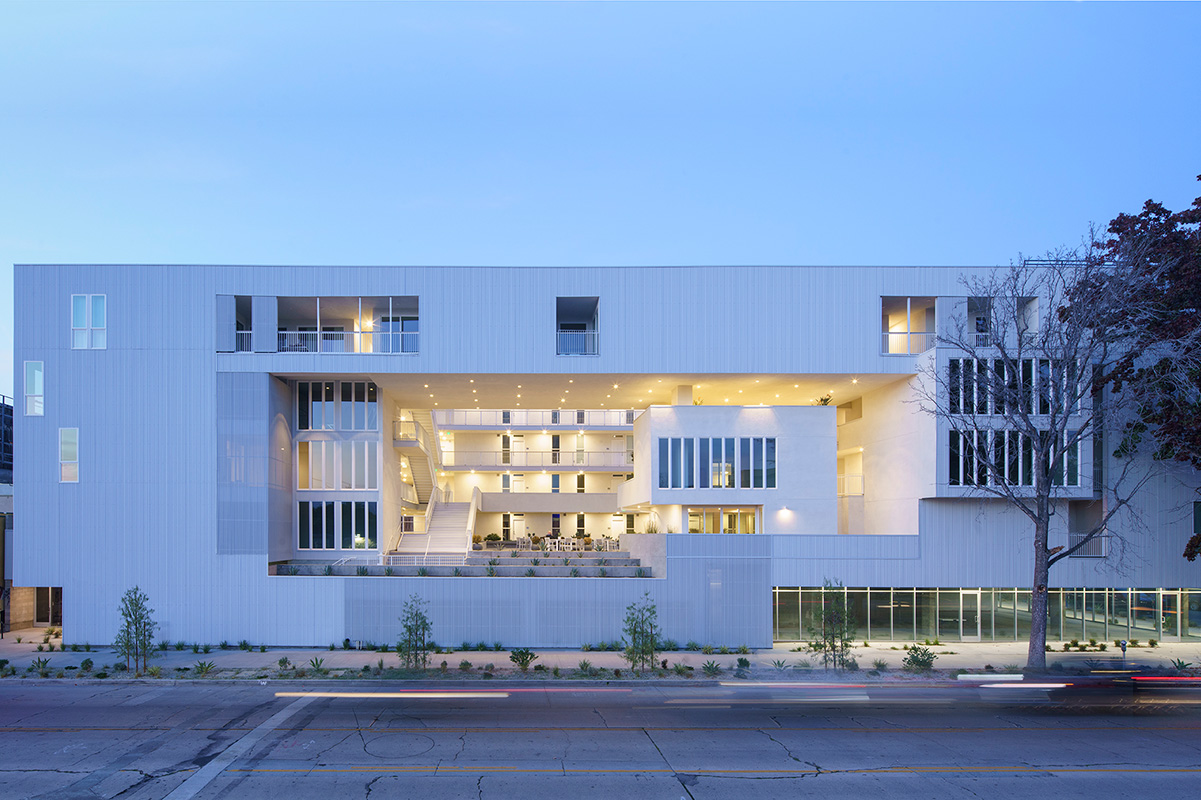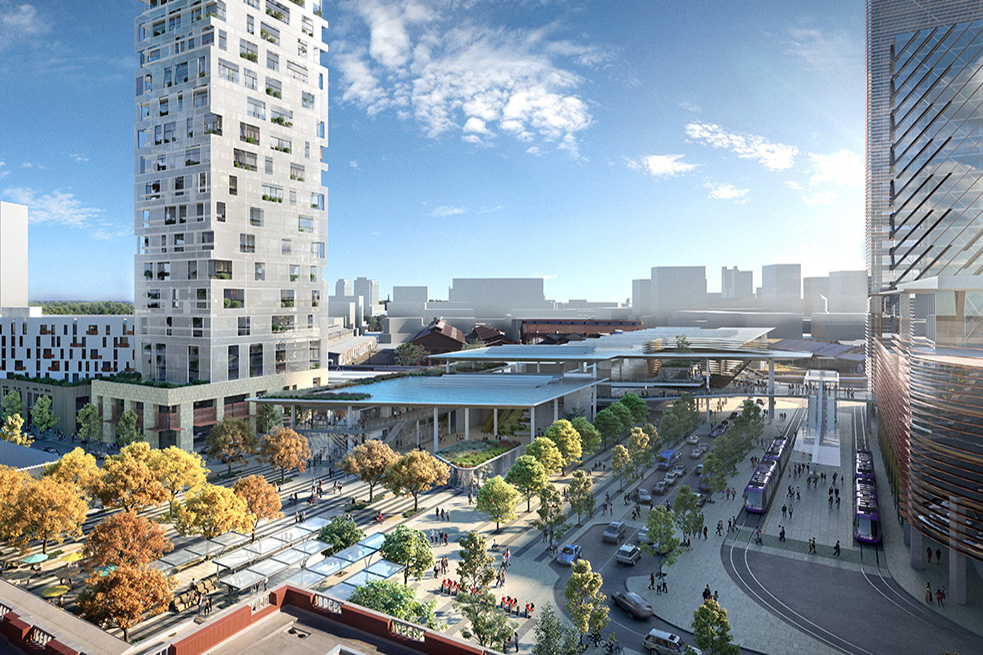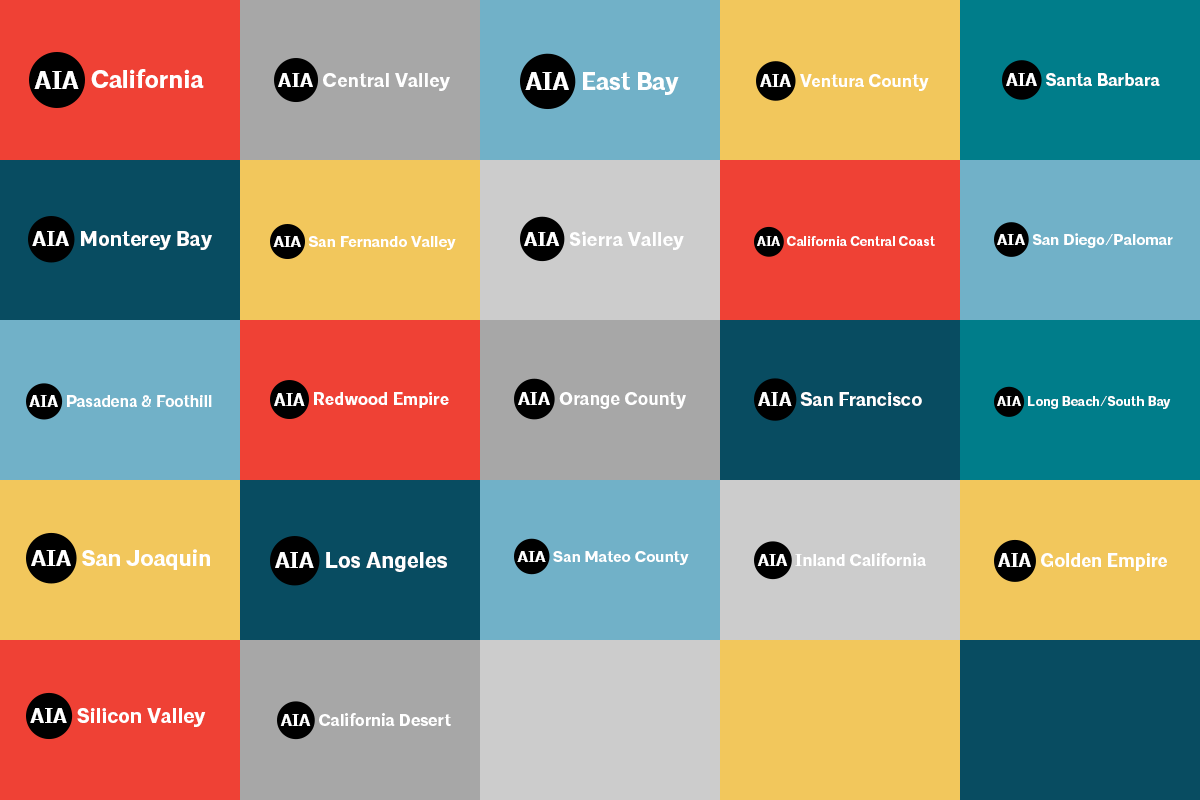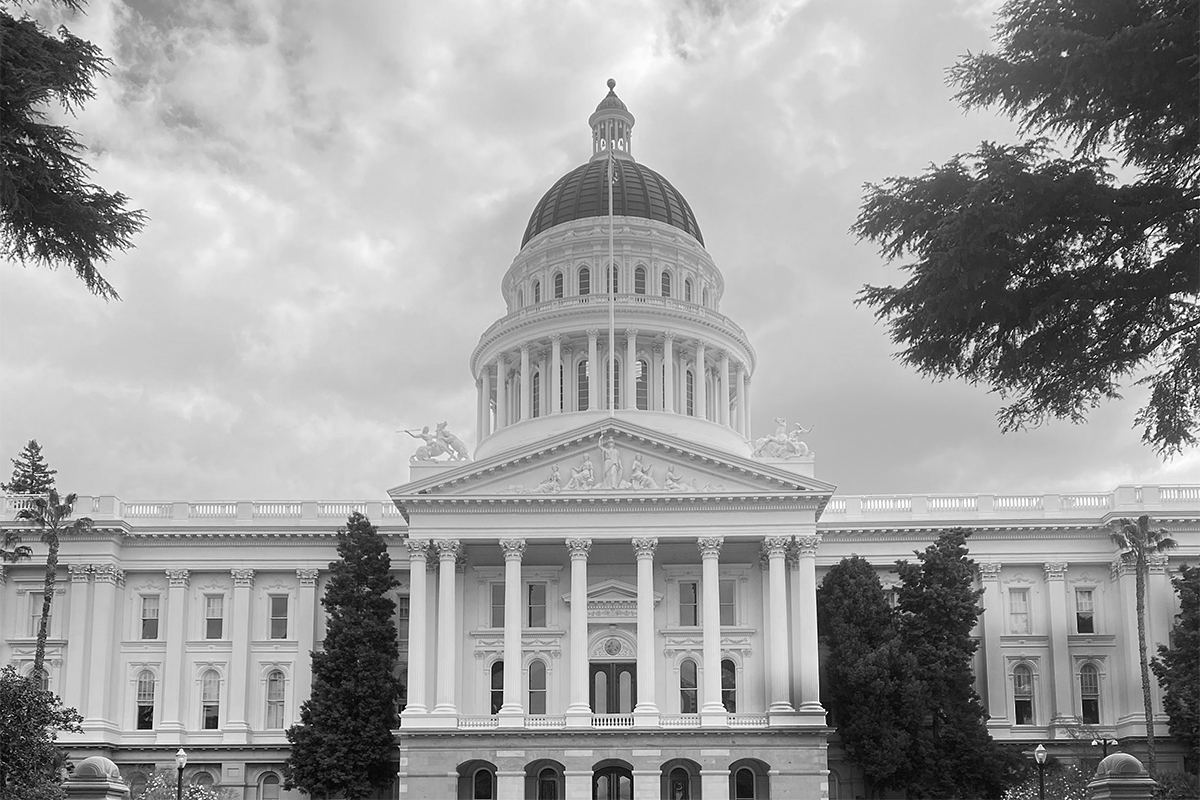Each year laws are passed, regulations written, and building codes amended—changes that have a direct impact on how architects can do business in California. AIA California Government Relations Program is the voice of the architectural profession in California’s State Capitol, Sacramento—operating on behalf of the profession in three main areas:
In addition, we support components in cities throughout California with local advocacy efforts.
The professional advocacy team is comprised of:
The adoption of AIA California’s positions is a member-led process through a variety of committees including Advocacy Advisory Committee, Climate Action Committee, Urban Design Committee, Housing Committee, Professional Practice Advisory Committee, and others. Discussion and debate allows the AIA California Board of Directors to take positions on hundreds of bills each year which potentially impact the design and delivery of the built environment.

Practice
Every year bills are passed that have an impact on the way architects practice in California. AIA California is on the front line advocating for sensible and workable policies that will improve the environment architects operate in. From business issues to employment issues to public contracts to insurance, the AIA California Government Relations Program is at the table when decisions that impact their day-to-day operations are being made.
Image: Unsplash. Photo: Scott Graham

Housing
Communities throughout California are at a tipping point: the dialogue can no longer solely focus on insufficient construction counts, but rather how we adapt existing building stock to create sustainable solutions, address financial barriers to reach or enhance services for those in need, and create equitable opportunities for all.
Architects can play a substantive role in fashioning solutions through innovative design and efficient, economically feasible housing production and construction methodologies; AIA California is the hub to marry state policy with local initiatives and bring ideas to reality.
Image: 2022 Design Award recipient: 11 NOHO. Brooks + Scarpa. Photo: Tara Wujcik

Urban Design
AIA California supports the development of sustainable solutions at a continuum of scales; from global, national, state and regional, to community and site planning, to urban and architectural design. We support and promote policies that improve the quality of life for all Californians by creating more equitable, sustainable, and resilient communities, where everyone can find a place to live near meaningful transit and open space.
Image: 2022 Urban Design Awards Recipient: Sacramento Valley Station Area Plan. Perkins&Will. Rendering: Steelblue

Climate
AIA California recognizes the need to immediately accelerate the de-carbonization of the built environment: planet is experiencing a climate emergency. California should continue to elevate its position as a global leader in addressing climate change. The architectural profession must take leadership in the development of energy, carbon, water and resource-related practices and policies that lead to a viable future. In 2019, AIA CA’s Board of Directors adopted a policy including five principles to identify and further define efforts in advancing policy, law, codes, regulations and support of energy, carbon, water, and resource-efficient design within the design, construction and operation of the built environment.
Image: Atherton Library. WRNS Studio. Photo: Bruce Damonte
Providing a strong and continuing presence in the state Capitol, AIA California’s legislative advocacy program sponsors legislation critical to the profession’s interests and actively monitors and weighs in on other legislation impacting the profession and the built environment.
We determine issues that can be positively influenced by new law, author bills, identify legislators to carry bills, monitor bills in process, and support elected officials on relevant committees through education. Over the course of time, we actively develop relationships with Legislators and their staff, so that architects are represented during conversations critical to the built environment, the profession, and the health and well-being of Californians.
Through Regulatory Advocacy initiatives, AIA California represents architects before, and maintains relationships with, 23 different regulatory bodies, actively advocating for issues of importance to the profession. These regulatory bodies, like the California Architect Board or the Division of the State Architect, are state agencies that implement and enforce legislation that is passed at the state level.
Meeting consistently and discussing extensive agendas, these entities have an enormous impact on the practice of architecture and members. Don’t worry… AIA California monitors this ongoing work and is active at critical junctures for you.
In the halls of the Capitol and in front of twenty-three state regulatory agencies, boards and commissions in Sacramento, the Government Relations team advocates for state and federal building codes and regulations which are both sensible and workable for architects, creating safe, functional, and legally compliant buildings. Some of our most active advocacy efforts are with the following agencies:
As a profession, our actions are making a significant difference in California’s complex code and regulatory environment, as we advocate for sensible, climate-friendly and sustainable state building codes and policies that support life safety while at the same time advancing broad social objectives. In this process we work with a wide range of stakeholder agencies, organizations, and subject matter experts – a network that is constantly expanding and becoming more impactful. As core principles, AIA California supports:
Our code advocacy efforts occur in the following areas: Code Promulgation; California Building Standards Commission; CALGreen.

AIA California provides information, tools, and support to assist local components with their own local advocacy strategy. Ongoing support includes the Local Component Advocacy Network, an AIA California-hosted network of component volunteers that fosters information, training, and resource exchange; and the identification of local issues that require statewide advocacy action.
Additionally, AIA California drives and furnishes resources for an annual “Day at the Legislature,” facilitating connection between architects and elected legislators.

California Architects for Livable Communities Political Action Committee (CALC PAC) is the political arm of AIA California. Through campaign contributions, it backs candidates aligned with AIA California policy positions. Candidates receive contributions based on their demonstrated support of architectural issues and their local architectural community, and voting records.
CALC PAC also increases the profile of architects. As we position the profession to take a leadership role.